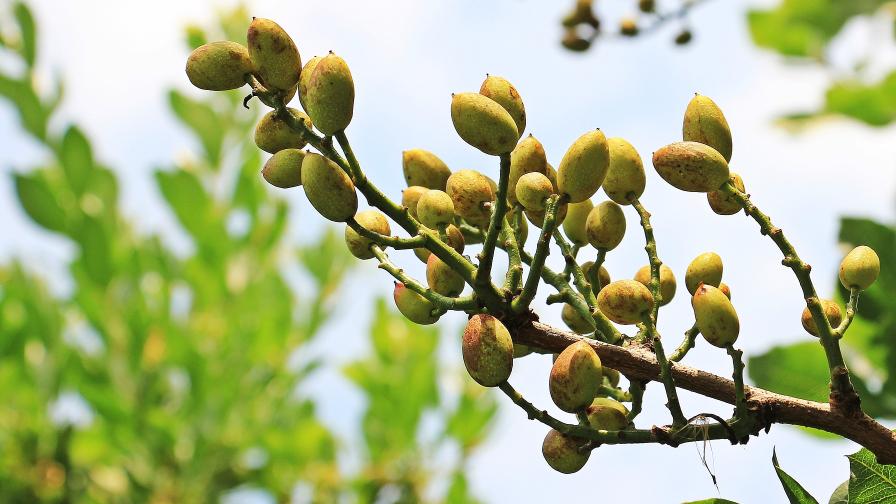Counting up the Cost of COVID-19 and Rising Expenses on the Farm
We’ve all seen prices on the rise lately. Steaks, chicken wings, and gas all have given me a little sticker shock in recent months. There are a lot of reasons for it, but COVID-19 is the largest culprit.
Luckily for me, I am just filling my fridge and my car, so these rising costs are having limited impacts. I can control inflation’s impact on my household to some extent. But for you, the farmers who are filling my fridge, there are far more factors in play that are out of your control.
Recently, Florida Grower® magazine’s regular “Pest of the Month” contributor Gene McAvoy gave an eye-opening presentation on the rising costs you are facing on the farm. Some of the things are obvious, like fertilizer and fuel, but he discussed so many more facets of farming that are being impacted.
One area that has seen dramatic increases is the freight cost to get what you grow shipped across the country. Freight rates are up by 47% since 2019, driven by fuel prices and high demand arising from COVID-19-induced e-commerce and home delivery. Driver shortages are not helping. Estimates indicate there’s a shortage of 100,000 drivers in the U.S. McAvoy also pointed out the “Florida factor.” There are only two major interstates heading north out of the state. And those highways are filled with lots of traffic.
Florida is ranked second worst in the country for congestion. Last year, it is estimated that the trucks moving freight in Florida sat in traffic jams for a collective 75,000 years’ worth of idle time. An unhealthy legal environment doesn’t help. Insurance rates here for truckers are about three to four times higher than the national average.
Labor is another expense on the rise, with more to come. Estimates show about one-third of your cost of production is tied up in labor. I bet some of you are thinking it’s more than that on your farm. Labor was short before COVID-19, but it is worse now. According to a USDA survey, about 87% of farmers say they are having difficulty finding workers.
As for costs, Florida’s minimum wage is $8.56 per hour and is set to rise to $15 per hour by 2026. Many of you are already paying $12 to $15 per hour for farm labor, especially those using the H-2A program. What happens when the minimum wage goes to $15 per hour and you calculate all the expenses associated with H-2A? McAvoy says you could easily predict a price tag of $25 per hour.
What about other rising costs? Pallets have doubled in the past year from $7 to $15 per pallet. There’s two billion of them in circulation in the U.S. economy. Drip tape is up by $40 per roll. Plastic mulch is up by $35 per roll. PVC pipe and valves are up by $110 per acre. Harvesting gloves have doubled to $11 per box. N95 masks were less than a dollar before COVID-19. They have gone way up to $5.75 per mask.
Meanwhile, the price you receive for what you grow has remained pretty much the same for the past 20 years. In fact, your share of every dollar in the food chain has decreased. A decade ago, you received 17.6 cents out of every dollar. Today, that figure is barely more than 14 cents. Processors, retailers, and others are taking a larger bite of the food dollar.
Setting COVID-19 aside, all of us involved in the food chain must recognize this is unsustainable and find ways to return more of that dollar to your farm.










